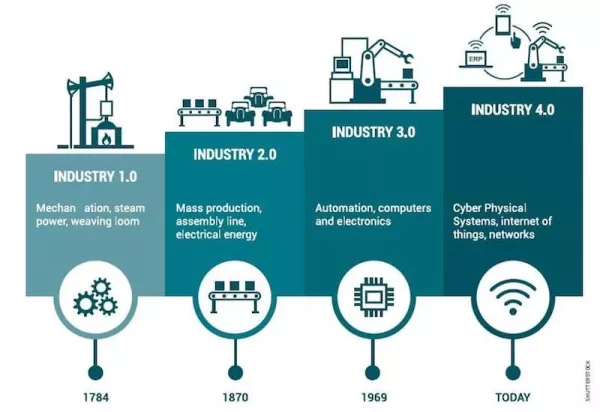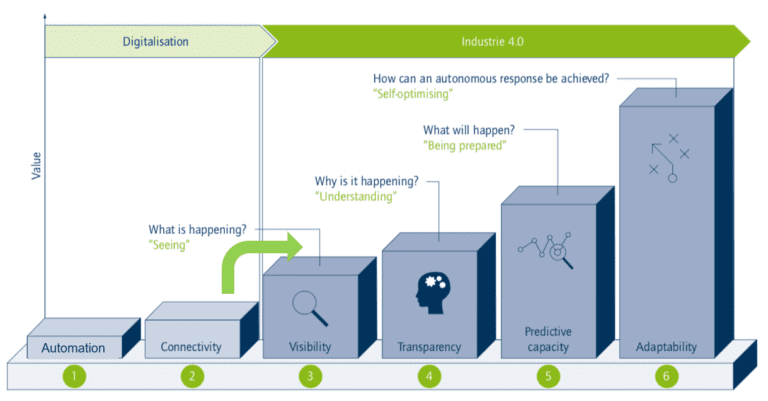Staying ahead of the curve and anticipating changing consumer needs and preferences is critical to business success in today’s entrepreneurial world. This is where knowing what market research is comes into play, a powerful tool that can provide an invaluable competitive advantage. At SpringBoard35, we understand the crucial importance of market research for business and offer industry-leading services to help companies make informed and strategic decisions.
What is market research?
The question we have to answer first is, what is market research? It is a meticulous process of research and analysis that allows you to thoroughly understand the needs, preferences and behaviours of your potential customers. It is like having a magic compass that guides you to the treasure trove of business success.
And what is a market analysis?
It is the in-depth interpretation of the data collected in the market research. It is like deciphering an ancient map that reveals the secrets of the market and leads you to your target audience.

Reasons to conduct market research
The reasons for market research are endless, but here are some of the most important ones:
- Launch a successful product or service: Market research helps you identify demand and create products or services that meet the real needs of your customers.
- Know your target audience: Discover in depth the demographic, psychographic and behavioural characteristics of your ideal customers.
- Analyse the competition: Study the strengths and weaknesses of your competitors to differentiate yourself and stand out in the market.
- Develop effective marketing strategies: Make informed decisions about pricing, distribution, promotion and communication to reach your target audience effectively.
- Minimise risk: Reduce uncertainty and make the right decisions to protect yourself against unforeseen market events.
Phases of market research
A complete market study is divided into stages, and it is very important to know what they are. From Springboard35, we tell you what are the stages of market research:
- Problem definition: Clearly identify the question that your market research needs to answer.
- Market research: Collect qualitative and quantitative data through surveys, interviews, focus groups and secondary data analysis.
- Data analysis: Organise and interpret the information collected to uncover patterns and trends.
- Conclusions and recommendations: Present your findings clearly and concisely, and offer strategic recommendations for your company.
- Implementation and follow-up: Put the recommendations into practice and monitor the results to evaluate the success of your market research.

What is market research for?
Market research is a versatile tool, which is why it is important to know what market research is for:
- Launch new products or services with a higher probability of success.
- Develop effective marketing strategies that appeal to your target audience.
- Improve the customer experience by understanding your customers’ needs and expectations.
- Optimise your pricing to maximise your profits.
- Strengthen your market presence and stand out from the competition.
- Make informed decisions about the future of your business.
Why choose Springboard35 for your market research?
At Springboard35, we are experts in deciphering the enigmas of the market. We have a team of highly qualified and experienced professionals to guide you through every step of the process.
We offer you:
- Customised market research: We adapt our methodology to the specific needs of your business.
- Accurate and reliable information: We collect and analyse data with scientific rigour to guarantee the veracity of our results.
- Innovative approaches: We use the latest research techniques to obtain relevant and actionable information.
- Clear and concise communication: We present the results of your market research in a way that is understandable and easy to apply.
- Commitment to your success: We are passionate about helping you achieve your goals and become a leader in your market.
Don’t get lost in the uncertainty of the market, let Springboard35 guide you to success!
Contact us today and find out how our market research can help you unlock the full potential of your tech business.




















